
-
Hitta rätt mat för ditt husdjurGör det här testet för att se vilket foder som kan vara bäst för din pälskling.Hitta rätt mat för ditt husdjurGör det här testet för att se vilket foder som kan vara bäst för din pälskling.Utvalda produkterHälsotillståndUtvalda produkter
-
Till hundägare
- Tips och artiklar
-
Hälsokategori
- Vikthantering
- Miljö- och foderöverkänslighet
- Urinvägar
- Matsmältning
- Leder
- Njurar
-
Hundens livsstadium
- Näring för valpar
- Näring för vuxna katter
- Näring för seniorer
Till kattägare- Tips och artiklar
-
Hälsokategori
- Vikthantering
- Hud- & foderöverkänslighet
- Urinvägar
- Matsmältning
- Njurar
-
Kattens livsstadium
- Näring för kattungar
- Näring för vuxna
- Näring för seniorer
Utvalda artiklar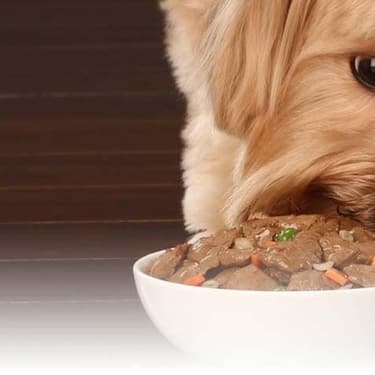 Förvaringstips för hund- och kattfoder
Förvaringstips för hund- och kattfoderVart du väljer att förvara ditt hund- eller kattfoder kan göra stor skillnad i kvalitet och fräschhet efter att förpackningen har öppnats. Här kommer några vanliga frågor och rekommendationer för optimal förvaring av alla Hill’s torr- och våtfoder för hundar och katter.
Läs mer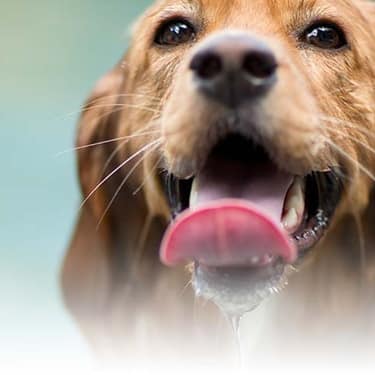 Water
WaterWater is the most important nutrient of all and essential for life. Animals can lose almost all their fat and half their protein and still survive, but if they lose 15% of their water, it will mean death.
Läs mer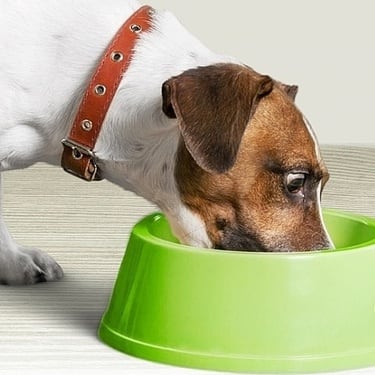 Den rätta dieten för din hund
Den rätta dieten för din hundLearn what to look for in healthy pet food & nutrition, including ingredients, quality of the manufacturer, your pet
Läs mer -


Every dog is unique and, in the eyes of every ‘pet parent’, the most beautiful animal to ever walk the earth. And that’s just how it should be. But how do you capture that spirit, that personality, that ‘special something’ about your dog in a photograph that you’ll always treasure? Well, the good news is that the advent of affordable digital cameras has made it easier than ever…
The techniques for capturing a stunning image of your dog are pretty much the same that you’d use for taking photos of any other kind of wildlife – immense patience; flexibility over lighting and exposure; awareness of the feelings of the animal; and lots and lots of shots! With a digital camera it doesn’t matter how many images you take, so you can snap away to your heart’s desire – the more shots you take, the better chance of catching that one perfect image. Even so, it’s a great idea to be prepared so here are some handy tips you may want to consider…
Be focused
Before you even pick up your camera to photograph your dog, think about what it is you really want to capture for posterity. Is it the way he manages to sprawl over the maximum possible area of carpet when he’s asleep? Or the way he leaps like a gazelle when he hears the sound of dinner being served? If you have a specific objective, time your ‘photo shoot’ accordingly and wait for the moment.
Focus is also important from the perspective of achieving the sharpest image. Remember, a camera’s auto-focus system will have more success locking onto a solid object (like an eyeball or a collar) than a clump of fur. And if your dog is moving and changing his distance from the camera, remember to keep focusing and refocusing all the time to compensate, so when that perfect moment happens, you can capture it in ‘pin-sharp’ resolution.
Be patient
Your dog doesn’t understand that you’re trying to take his picture – that’s why he refuses to obey commands like “stay still, right there!” or “move just a little to the left”. So you’re just going to have to wait for him to strike the perfect pose in his own good time. Let him relax, don’t chase him. If you want him to look at the camera, try holding a favourite toy above your camera to grab his attention.
Be bright
As a general rule, flash photography and animals don’t go well together. Some dogs are alarmed at the sudden bright light, and flash does tend to ‘bleach’ out the rich colours of an animal’s markings. Natural light – either outside or streaming through a window indoors – is not only far less ‘traumatic’ for the dog but also gives far better results in terms of colour reproduction. And if there’s not quite enough light, the beauty of digital is that you can always artificially brighten the shot later on your PC.
Be prepared


Smakrika tips
Valpar kan behöva flera besök under sitt första år för vaccinationer. Vuxna hundar har i allmänhet nytta av årliga kontroller, medan seniora hundar eller hundar med särskilda behov kan behöva mer frekventa besök.
Before you start shooting, make sure you’re using the right lens and that your camera is set to the right ‘shooting mode’. If you’re using an SLR camera, you may want to use a higher magnification zoom lens to enable you to take detailed ‘close-up’ shots from a distance without being in your dog’s face.
Because animals move very quickly, you should have your camera set to a fast exposure time otherwise you’ll end up with a series of motion blurs every time your dog moves his head. On an SLR, choose the ‘shutter priority’ mode and opt for a fast shooting speed – 1/200th of a second or faster – and let the camera work out its own exposure setting. Or if you’re using a ‘point & click’ camera, choose the ‘sports mode’ which will be pre-programmed to capture fast-moving events. If your camera has th,e facility to shoot continuously, set it to this option as well – you could be lucky and take a whole sequence of fantastic shots of your dog in action.
Be composed
A good photo doesn’t just happen by pointing the lens at your subject. Consider everything that you want to be in the picture as well as your dog. What will the background be? A sofa, a tree in the garden, a favorite dog bed? Or perhaps you’d like the focus to be solely on the animal. If your camera allows you to set the lens to a wide aperture (with a low f-stop, maybe 4 or lower), you can create a very artistic effect using ‘depth of field’ to give a blur to everything behind your dog.
Think about camera angles. Do you want to capture your dog looking thoughtful, shot from the side; gazing off into the distance, shot from behind; or looking straight into the lens? Get down to his level on the floor – not only will this give a better perspective than shooting down onto the top of your dog’s head, but it will also help him to relax.
Be inclusive
Don’t be afraid to have humans in the shot. How much more special will that photo be in the future if it also features another loved one. Sometimes, the simple inclusion of a pair of arms cradling the dog is enough to lend a real additional emotional warmth to the image, and it can also be a ‘sneaky’ way of keeping an overactive dog still long enough for you to get your shot!
Watch how the human and the dog interact with each other. If you’re lucky, you might just capture that perfect, candid moment when a look passes between them or when the dog relaxes and breaks into that beaming smile.
Finally, the best tip of all…
If at first you don’t succeed, keep trying. The more your dog gets used to being around you and your camera, the more he’ll learn to ignore it and behave naturally.
And that’s when you’ll get the shot that will always melt your heart every time you look at it in the future!


En av våra skribenter förberedde den här artikeln åt dig
Relaterade produkter
Relaterade artiklar

Upptäck hur forskningen på hundar ger oss mer och mer kunskap om hur våra bästa vänner fungerar.
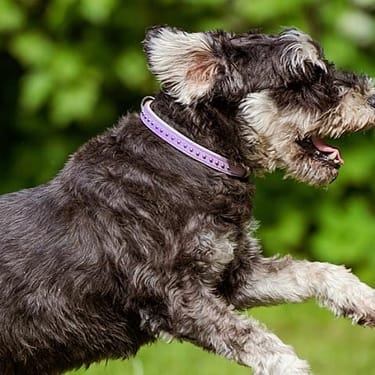
Fetma hos hundar är ett stort problem - läs mer om hur du kan hjälpa din hund att bli mer vältränad och friskare med hjälp av bättre kost.
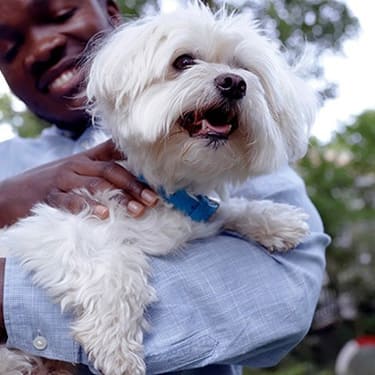
Läs mer om orsakerna till småhundssyndromet och lär dig hur du förebygger beteendeproblem hos små hundar. Fler råd om beteende och hälsa hittar du här på Hill's Pet Sverige.
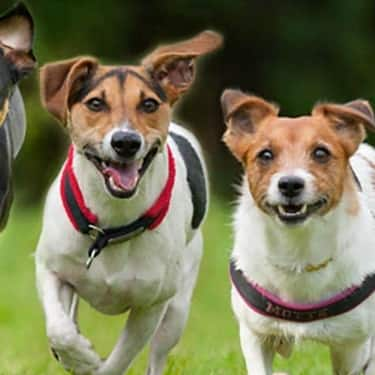
Dogs with sensitive skin have special needs and even healthy dogs can sometimes develop poor skin health. Learn more about sensitive skin symptoms in your dog, what you can do to help your pet feel more comfortable and get recommendations on sensitive skin dog food.
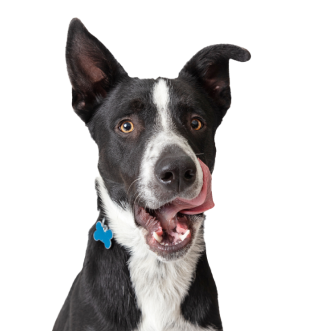
Sätt din hund på diet utan att den märker det
Vår kalorifattiga sammansättning hjälper dig att kontrollera din hunds vikt. Den innehåller högkvalitativt protein för att bygga slanka muskler och är tillverkad med noggrant utvalda ingredienser för en smakrik och näringsrik måltid. Kliniskt bevisade antioxidanter, vitamin C+E, bidrar till ett friskt immunsystem.
Sätt din hund på diet utan att den märker det
Vår kalorifattiga sammansättning hjälper dig att kontrollera din hunds vikt. Den innehåller högkvalitativt protein för att bygga slanka muskler och är tillverkad med noggrant utvalda ingredienser för en smakrik och näringsrik måltid. Kliniskt bevisade antioxidanter, vitamin C+E, bidrar till ett friskt immunsystem.

